Ever wondered what those cryptic coffee bean labels like SHB, FC, and AA mean?
These terms are a key to understanding the quality and characteristics of your coffee beans. Knowing a bit about coffee grading can significantly enhance your coffee experience. So, let's unravel the mystery behind these coffee bean grades.
Wait just a minute. What is coffee bean grading?
Before I dive into the specifics, let's take a moment to understand what coffee bean grading is all about.
Coffee bean grading is a process that evaluates the quality of coffee beans based on various factors such as size, weight, shape, and defect levels. Grading helps farmers, roasters, and consumers alike to identify the quality of the beans, ensuring a consistent and high-quality coffee experience.
It also allows me to append fancy letters to Dancing Goat beans to make them mysterious.
The common coffee bean grading terms
Now that we’ve got a basic understanding, let’s explore some of the most common coffee bean grading terms you might encounter here at Dancing Goat (ok, and at other coffee roasters I guess):
SHB (Strictly Hard Bean) / SHG (Strictly High Grown)
- What It means: SHB and SHG are terms used interchangeably, mainly in Central America. They indicate that the coffee beans were grown at high altitudes, typically above 1,200 metres (around 4,000 feet). The higher elevation means slower growth, which allows the beans to develop denser and more complex flavours.
- Why It matters: High-grown beans are often considered superior because the cool temperatures and longer maturation process enhance the coffee’s acidity and flavour complexity. This grade usually signifies top-quality beans.
HB (Hard Bean)
- What It means: Similar to SHB, HB denotes coffee grown at somewhat lower elevations, usually between 1,000 and 1,200 metres (3,300 to 4,000 feet). These beans are still quite dense and often share some of the characteristics of SHB, though with slightly less complexity.
- Why It matters: While not as revered as SHB, HB beans still produce a well-balanced and flavourful cup, making them a good choice for those seeking quality without the premium price tag.
MCM (Machine Cleaned Mejorado)
- What It means: This is strictly a term for certain beans from Peru. It refers to a specialised method of sorting and grading coffee beans.
- Why It matters: This process removes defects and foreign matter, leading to a cleaner, more uniform product that roasts evenly and delivers a superior flavour profile. MCM sorting is more efficient and cost-effective than manual sorting methods, allowing for quicker processing while preserving bean freshness. Of course it begs the question, why is it only used in Peru? Mysterious.
EP (European Preparation)
- What It means: EP grading refers to a rigorous hand-sorting process where defective beans are removed before export. In the European market, this is a common standard, and beans graded as EP typically have very few defects.
- Why It matters: Coffee lovers who seek a clean, defect-free cup often opt for EP-graded beans, as they are generally of higher quality and consistency.
G1, G2, G3, etc. (Grade 1, Grade 2, Grade 3)
- What It means: These grades are used to classify beans based on defect levels. For instance, Grade 1 (G1) indicates the highest quality with the fewest defects, while higher numbers (G2, G3, etc.) allow for more defects.
- Why It matters: The lower the grade number, the better the quality. Coffee graded as G1 is often sought after for its purity and consistency, making it ideal for specialty coffee.
- The Indonesian Mandheling is a grade 1 coffee
AA / AB / PB (Peaberry)
- What It means: These grades are often used in regions like Kenya and Tanzania. AA represents the largest beans with the most desirable attributes, while AB is slightly smaller. Peaberry (PB) beans, on the other hand, are a natural mutation where only one bean develops inside the coffee cherry, leading to a unique, often more intense flavour.
- Why It matters: AA beans are considered premium due to their size and flavour potential, while PB beans are treasured for their distinctive taste. Coffee enthusiasts often seek out these specific grades for their exceptional cup qualities.
- The India Monsoon Malabar is an AA coffee.
SS (Strictly Soft Bean)
- What It means: SS refers to beans grown at lower elevations, typically under 1,200 meters (around 4,000 feet). Beans cultivated at these altitudes tend to mature more quickly, resulting in a lighter, less dense bean.
- Why It matters: Strictly Soft Arabica beans often have a more rounded and mild flavour profile compared to their higher-altitude counterparts. While they may lack the complexity of SHB or HB beans, SS beans provide a smoother, softer cup of coffee that can appeal to those who prefer a more subtle taste.
- Brazil Fancy Santos is SS with a 17/18 screen size and FC
FC (Fair to Current Crop)
- What It means: FC indicates that the coffee is from the current harvest, but not necessarily of the highest grade. It’s a middle-ground quality indicator, often used in trade.
- Why It matters: While not top-tier, FC beans are still fresh and can be a good option for budget-conscious coffee lovers who want something decent without breaking the bank. Of course none of this matters here at Dancing Goat because it's way easier to sell all our beans at the same price.
SCR (Screen size)
- What It means: Screen size refers to the size of the coffee beans, typically measured in 1/64ths of an inch. The larger the screen number (e.g., SCR 18), the larger the bean.
- Why It matters: Larger beans often indicate higher quality, as they tend to have more developed flavours. However, screen size alone doesn’t determine quality; it's just one of many factors to consider.
How does coffee bean grading affect your cup?
Understanding coffee bean grading is not just for coffee professionals—it’s for anyone who enjoys a good cup of coffee. The grade of the bean can significantly impact the taste, aroma, and overall quality of your brew.
Higher-grade beans like SHB or AA often result in a more complex and satisfying cup, while lower grades might produce a more standard, less nuanced flavour.
Paying attention to these grades can help you choose beans that match your taste preferences and ensure you get the most out of every brew. Whether you’re into bright, acidic flavours (great for espresso) or deep, rich profiles (the Dancing Goat specialty), understanding these grading terms will guide you to the perfect beans for your tastebuds.
Coffee bean grading FAQs
Q: Is SHB coffee always better than HB?
A: Generally, SHB coffee is considered superior due to the higher altitude at which it's grown, leading to denser, more complex flavours. However, "better" is subjective and depends on personal taste preferences.
Q: Does screen size affect flavour?
A: Screen size alone doesn't determine flavour, but larger beans (often associated with higher screen sizes) are usually considered to have more developed flavours due to longer maturation periods.
Q: What’s the difference between AA and AB coffee beans?
A: AA beans are larger and typically considered higher quality compared to AB. AA often offers a more refined and balanced cup, while AB might have a slightly different flavour profile.
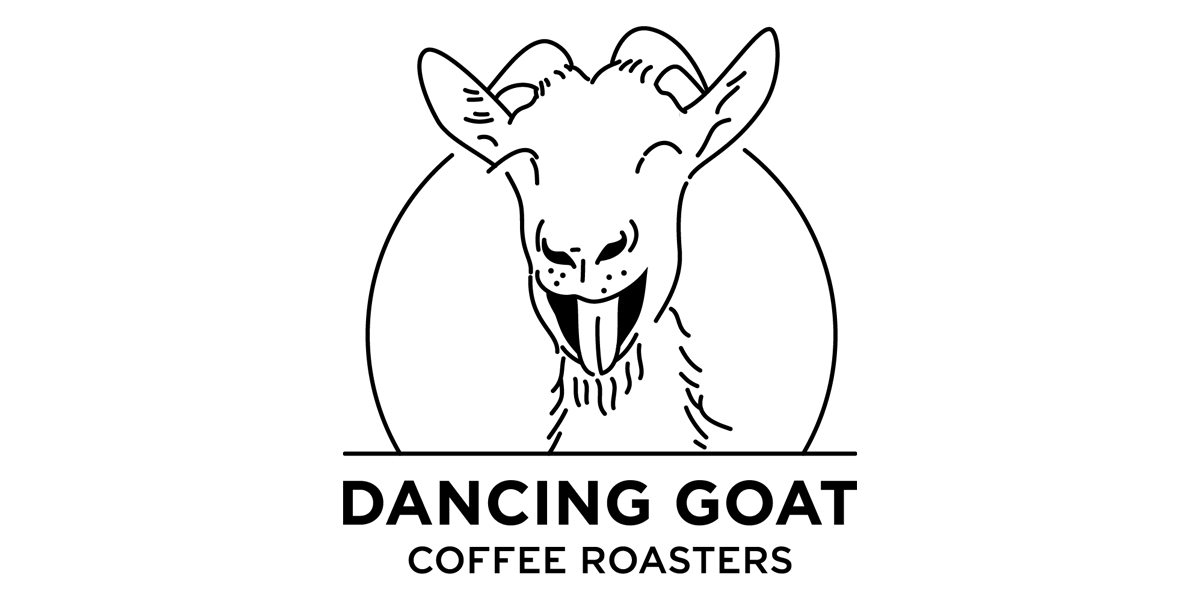

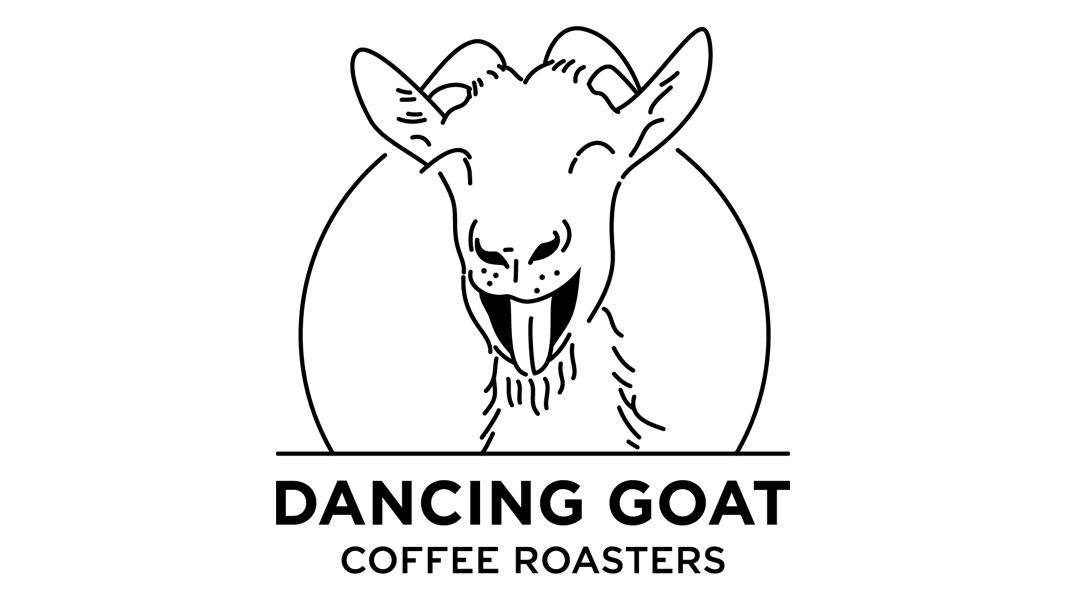
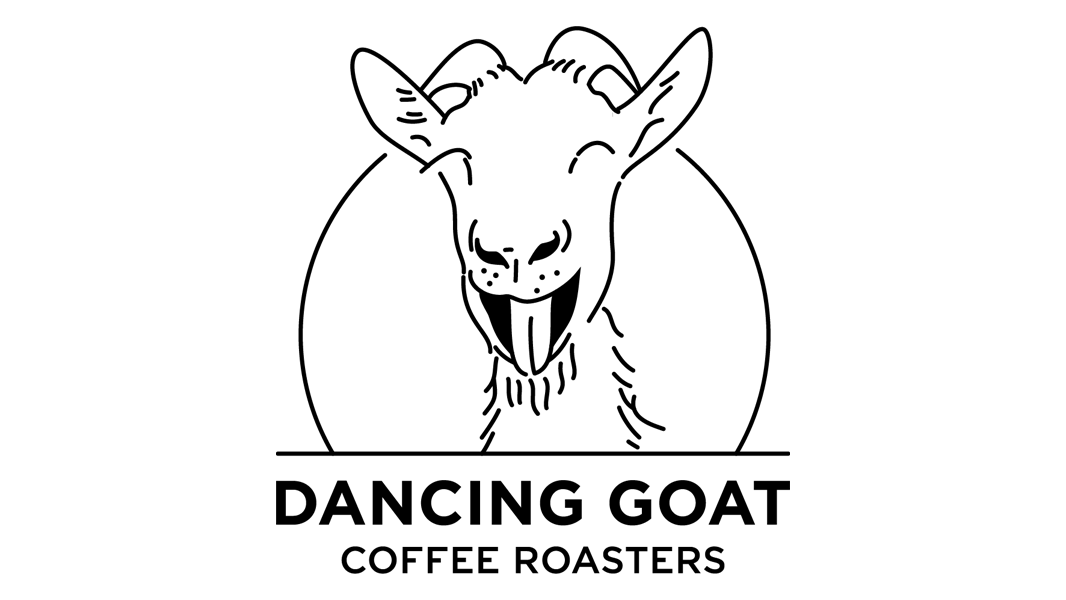
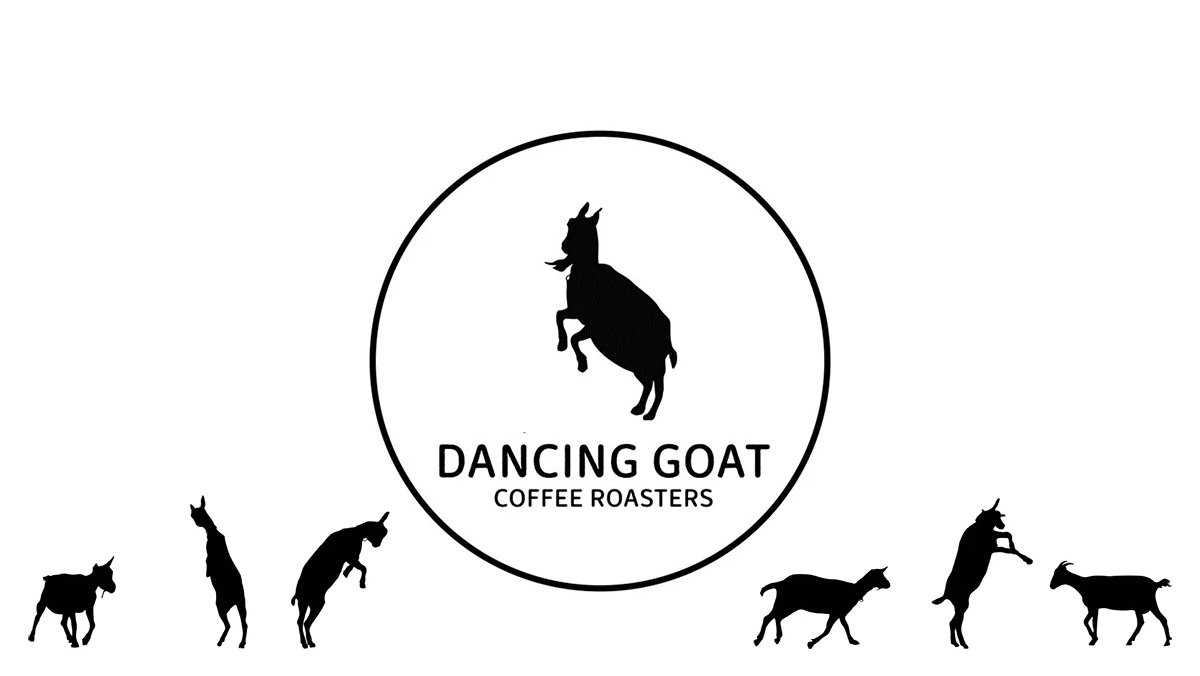
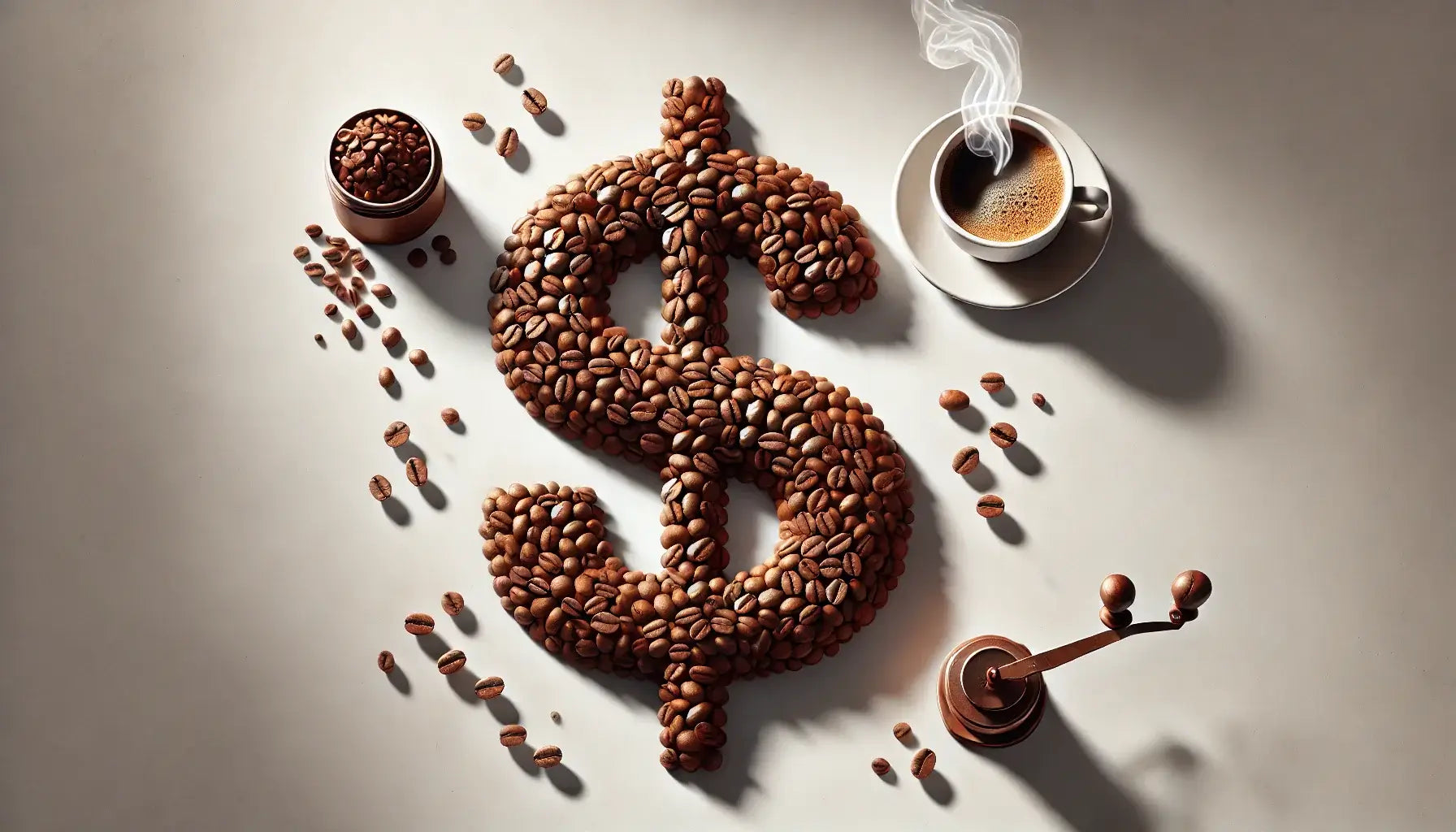
Leave A Comment